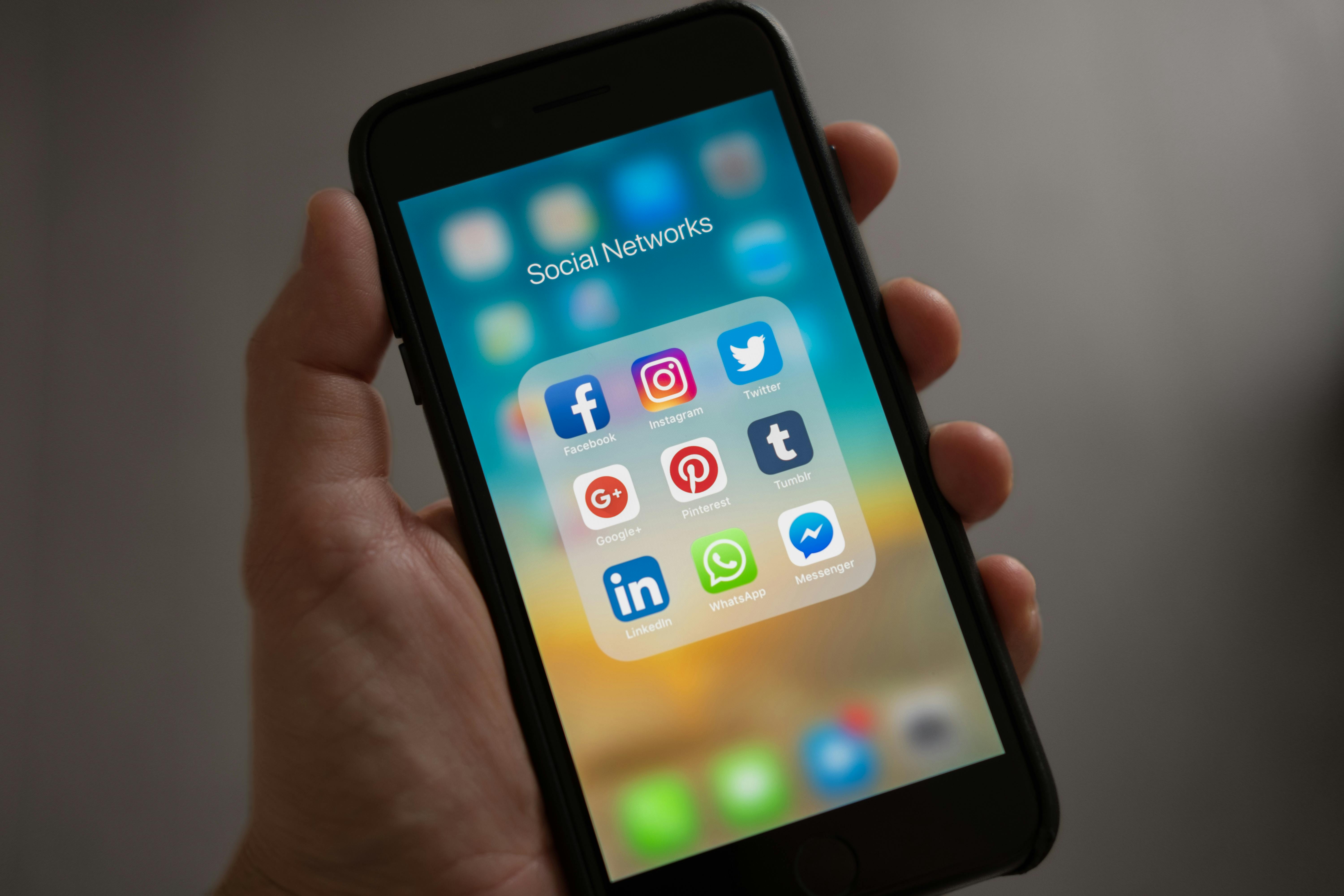Earlier this week, I attended a Twitter Camp billed Twitter is not for dummies. I had the privilege of facilitating one of the breakout sessions, which focused on the business applications of Twitter.
We discussed a range of issues around this topic, and we generated some really bright ideas that I feel are worth pursuing in the corporate sector. Some of the ideas specifically relate to e-learning, while others may fall more comfortably into other portfolios.
In a nutshell, I see the business applications of Twitter falling into three main categories:
- External
- Internal
- Personal
Allow me to elaborate…

External applications
By “external”, I mean your company playing in the real world, beyond its office walls.
Scanning
With upwards of 20 million Twitter users around the world, companies should at the very least be scanning this massive public forum to keep tabs on what people are saying about them.
I see this kind of activity falling into the Public Affairs portfolio, as it concerns brand management. They need to know if someone is bad mouthing the brand across the Twittersphere, and respond accordingly.
But of course, tweet scanning also falls into the Customer Service portfolio. Twitter is used by many as a loudspeaker to vent their displeasure at bad service. Organisations shouldn’t be scared by this; in fact, it presents you with an opportunity: Why not respond to the customer, remedy their issue and turn their loyalty back around? I can tell you that CommSec actually did this for me recently, so it sure does work.
According to Susan Hall, Dell takes tweet scanning one step further: They don’t just look for mentions of Dell, they also look for mentions of their competitors. What an opportunity to win new customers!
Active tweeting
Tweet scanning is one thing, but active tweeting is something else again.
Perhaps your company should be sharing news and conveying other key messages to the Twittersphere. NEC is very active in this space, as is Southwest Airlines in the US: Imagine a raging storm shuts down Dallas airport and all flights are diverted to New Orleans; the Southwest call centre is jammed with thousands of panicked callers. Suddenly Twitter comes into its own as an alternative communications medium.
What could your company tweet about? Maybe:
- Its latest financial results.
- The release of a new product.
- The latest warm & fuzzy activity undertaken by its staff for the community.
But you have to be very careful to provide value. If you keep your tweets company-centric, then you won’t be very interesting and no one will want to follow you.
The trick is to keep your tweets customer-centric instead. In fact, according to Spike Jones, you probably shouldn’t even mention the company name at all.
Imagine these tweets from a boring old insurance company:
- Are you paying too much tax? Make sure you submit your Tax File Number to your financial institution.
- Did you know that the average Australian is woefully under insured? Ask your financial planner if you are adequately covered.
Saving money? Suddenly I’m interested.
It’s all about WIIFM.
A two-way street
OK, so you could send messages out to the Twittersphere, so why wouldn’t you also invite them in? Well guess what, companies such as Telstra are doing just that.
These companies invite their customers (or prospective customers) to ask questions, submit complaints, provide compliments (Heaven forbid!), and most importantly, they have staff at the ready to respond quickly.
So maybe Twitter provides your business with an opportunity to engage with a different demographic of customer. I don’t know about you, but I don’t like robots answering my calls and putting me on hold forever, only to be transferred upteen times. But send a tweet? Yep, I can do that.
Internal applications
The CEO of Zappos, Tony Hsieh, actively encourages his staff to follow him on Twitter. He tweets jokes, inspirational quotes, humorous anecdotes, that kind of thing.
But what if your organisation wanted to tweet behind closed doors, out of sight of the prying public? Well, you can do that with Yammer – a Twitter-like platform that allows you to set up a social network comprising your employees only.
Imagine interacting with your colleagues across the enterprise, asking questions, collaborating, sharing knowledge. Why spend half an hour running around trying to find someone who can help you, when you can just post it to Yammer and let the crowd post a reply.
This is a classic example of informal learning, and it’s central to the evolution and modernisation of workplace training.
Personal applications
By “personal”, I mean you using Twitter for your own professional purposes.
For example, I use Twitter as an international community of practice. I’m connected to a circle of e‑learning professionals from all over the world; I’ve chosen to follow their tweets, and some of them have chosen to follow mine. I share my knowledge, and I learn a lot more in return.
So as a technology, Twitter is really simple. It’s what you do with it that makes it powerful.
very nice summing up of the situtation, twitter is simple and that for me is a winner.
Outstanding mate simply outstanding….. lead the way others WILL follow you.
With regard to Tweet scanning and Active Tweeting, Microstrategy is also one company that seems to pro actively use this medium.
Regards,
Shankar.
You have to gauge your community to see what is acceptable. I find that if a post is generated only once a week that its fine. You have to realize the way people are reading (more like scanning) Twitter for resource material. As long as it is not self promotional and truly valuable articles of interest this has worked for more than a year for me.
Very nice, it look up of the situtation, twitter is simple and that for me is a winner.